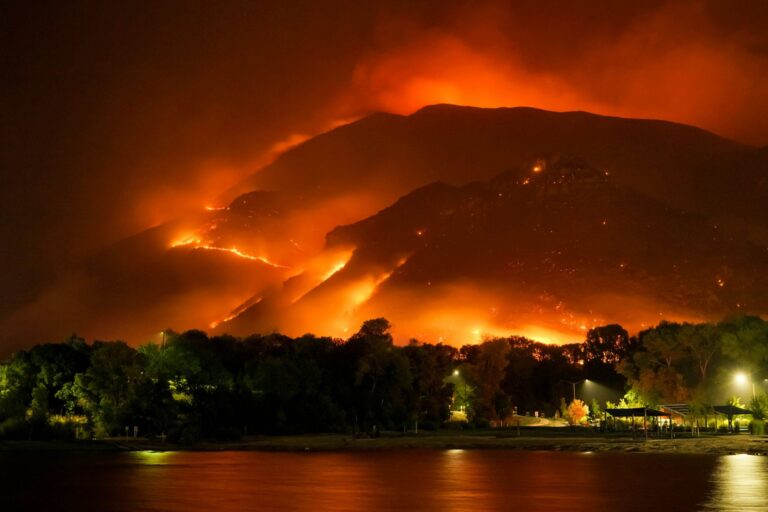Hawaii is currently in the grips of its most devastating wildfire season in modern history. Wildfires, particularly on Maui and the Big Island, have ravaged entire communities, leaving behind widespread destruction. Thousands of residents have been forced to evacuate, and hundreds of structures, including homes and businesses, have been completely destroyed. The intense fires have been exacerbated by dry conditions and powerful winds, making it difficult for emergency responders to contain the blazes. Despite the heroic efforts of firefighters and local authorities, many areas remain inaccessible, further complicating relief efforts. With the death toll rising and damage continuing to unfold, the full extent of the destruction remains uncertain.
In the wake of this catastrophic event, both local and federal authorities have rapidly mobilized resources to combat the crisis and assist the people of Hawaii. The federal government has authorized an extensive emergency response, with President Joe Biden deploying the National Guard to support local firefighters and aid in evacuations. The Federal Emergency Management Agency (FEMA) has been working around the clock to provide emergency shelters, distribute essential supplies, and coordinate with state agencies to ensure that recovery efforts are effective. Additionally, Congress swiftly approved emergency funding to support immediate relief operations and long-term rebuilding efforts, underscoring the severity of the crisis and the urgent need for federal involvement.
Experts across the globe have pointed to climate change as a significant factor in the current wildfire outbreak. Extreme drought, rising temperatures, and stronger trade winds have created a perfect storm for these deadly fires. Scientists have warned that the ongoing climate crisis is drying out vegetation, making it more susceptible to ignition, while changing weather patterns are increasing the frequency and intensity of storms and winds. Hawaii’s Senator Brian Schatz has called for urgent action to combat climate change, emphasizing that the recent fires are not an isolated event but part of a growing trend of climate-induced disasters. “We need to acknowledge that these fires are directly related to our changing climate, and failure to act now will only lead to more destruction in the future,” Schatz said.
Governor Josh Green of Hawaii has labeled the current crisis as “unprecedented” and vowed that the state will do everything in its power to help residents recover. “While we face an overwhelming loss, we will come together to rebuild,” Governor Green stated, ensuring that Hawaii’s state government is fully mobilized in both immediate relief efforts and longer-term recovery. Many local leaders are advocating for substantial changes in Hawaii’s approach to disaster preparedness, calling for increased investment in infrastructure that can withstand climate-induced disasters. These measures include fire-resistant building materials, improved fire prevention strategies, and more robust emergency management systems. Experts also stress the need for a comprehensive national climate action plan to mitigate the root causes of such disasters.
FEMA Administrator Deanne Criswell reiterated the urgency of enhancing disaster resilience, stressing that recovery efforts must be paired with strategic investments in preparedness. “The devastating wildfires we’re seeing in Hawaii are a stark reminder of the pressing need to build resilience in our communities,” she said. “FEMA is committed not only to providing immediate relief but also to ensuring that these communities are better equipped to face future threats.”
As Hawaii begins the long road to recovery, there is a renewed focus on innovative solutions to address the growing challenges posed by climate change. The fires have served as a wake-up call, not just for Hawaii, but for all regions facing similar risks. Moving forward, the lessons learned from this disaster will be critical in shaping future policies and ensuring that communities are better prepared to handle the intensifying impact of climate change.



